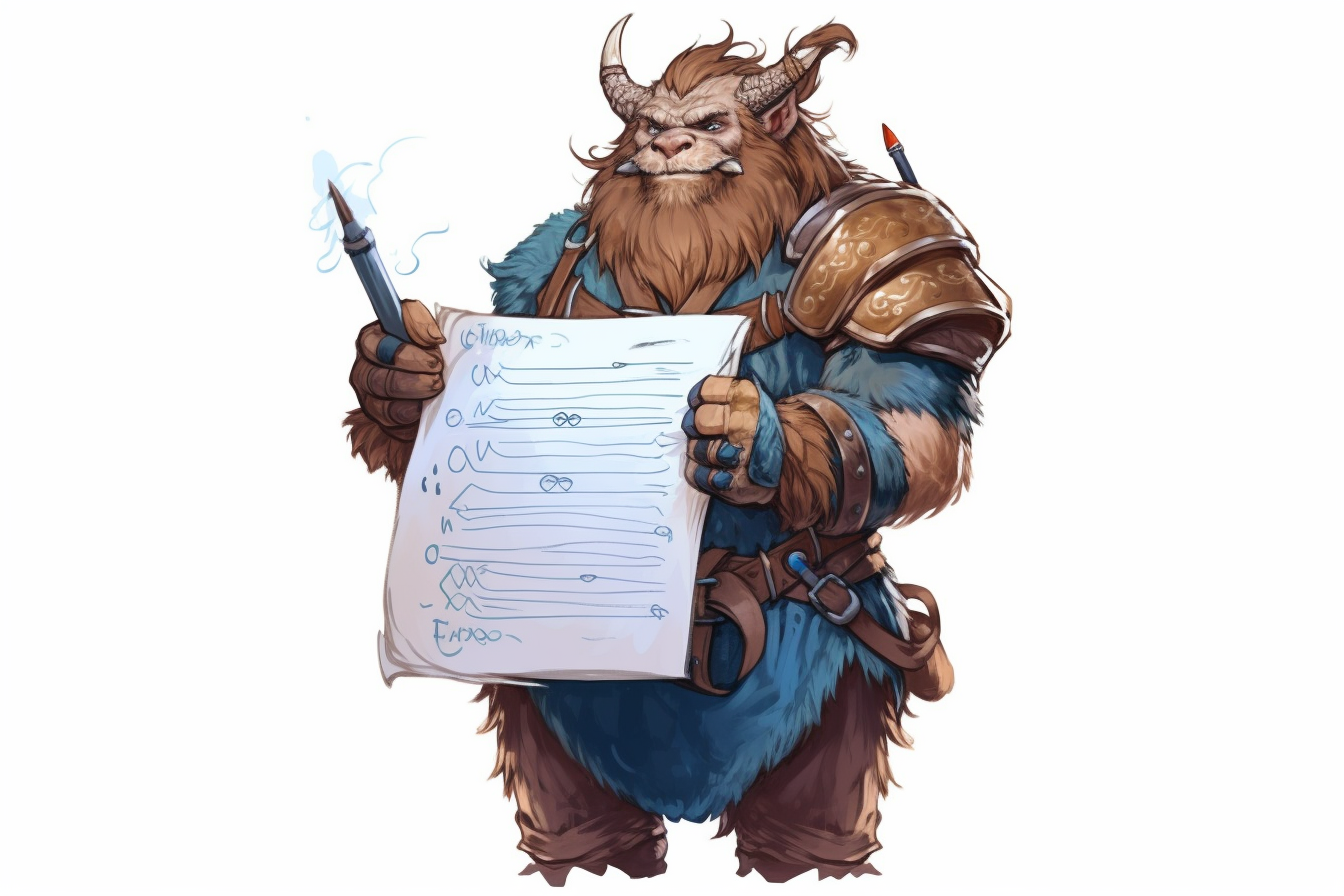
DISCUSSING
In the Shadow of the Spire – Session 32C: Enter Arveth
Tor had barely reached the rope on the second floor when an axe thrown from below thunked into the windowsill next to him. He ducked back… and the former prisoners panicked, scattering through the upper level – some cowering in corners, another getting ambushed by a patch of violent slime that fell from the ceiling, a third trying to climb out of a different window only to fall with a scream into the cobbled alley below.
The default goal of a dungeon in D&D is to win fights: You go into the dungeon. You encounter monsters. You kill the monsters. You take their treasure. You leave the dungeon. Hurrah!
But defaults are boring.
This particular default, though, can be pretty sneaky. You can usually spot it, though, if you keep your eye out for “clear the dungeon” scenario goals.
For example: “My scenario isn’t just some crude, kick-down-the-door dungeon crawl! The PCs need to stop an eldritch rite which threatens to sever the connection between the Material Plane the Feywild!”
Okay, sure. And how do they stop it?
“They have to find the corrupted grove and journey into the liminal realm which connects all dryad trees!”
Awesome. And how do they actually stop the ritual?
“… they have to hunt down all the cultists in the dryad-realm and kill them.”
There’s nothing wrong with a good fight, nor with a pulp scenario where you solve your problems with fists and/or swords and/or blasters. (That adventure through a corrupted dryad-grove sounds amazing.)
But as I think the current session demonstrates, having non-combat goals — whether for a full scenario or just an individual encounter — makes the combat more interesting.
The raid on this abandoned apartment building was, if I do say so myself, a thrilling scenario. Both I and the players were fully engaged, grappling with a complex, multi-level environment filled with a variety of opponents and treacherous environments.
But the instant “save the prisoners” was introduced as an additional, non-combat goal everything was ratcheted up to another level. It added layers of complexity to the tactical situation, and by virtue of inherently creating a set-up with multiple goals (the default combat goal of “take them all out” plus the new goal), it turn calculations into choices.
The example in this session also demonstrates that these non-combat goals don’t always need to come from the GM. If you create a rich environment that responds dynamically to the players’ choices and actions, they’ll merrily set their own goals and complicate their own lives.
Campaign Journal: Session 33A – Running the Campaign: Fantasy Campaigns
In the Shadow of the Spire: Index












This reminds me of what’s probably the best session I’ve ever run.
It was a train heist, the players had all weapons they could not conceal take away from them (among 6 PCs they had a dagger and a dart or two)
They found their cargo along with one minor magic weapon, when they were attacked by another group also attempting to take the same cargo.
They were far less powerful than usual and knew that they were unlikely to win in a 1 on 1 fight, so the goal became “escape with the cargo before the enemy does the same”
Ultimately one character died (they were revived the session after) and the party got away with most of the cargo they were looking for.
And that’s how I introduced the bbeg
In the Ptolus campaign, how do you award XP for this sort of encounter? (Recently switched my home campaign from GLOG with XP for gold to Pathfinder 1e and am having trouble working out XP awards for things other than basic combat)
“Ambushed by violent slime” is my next album name.